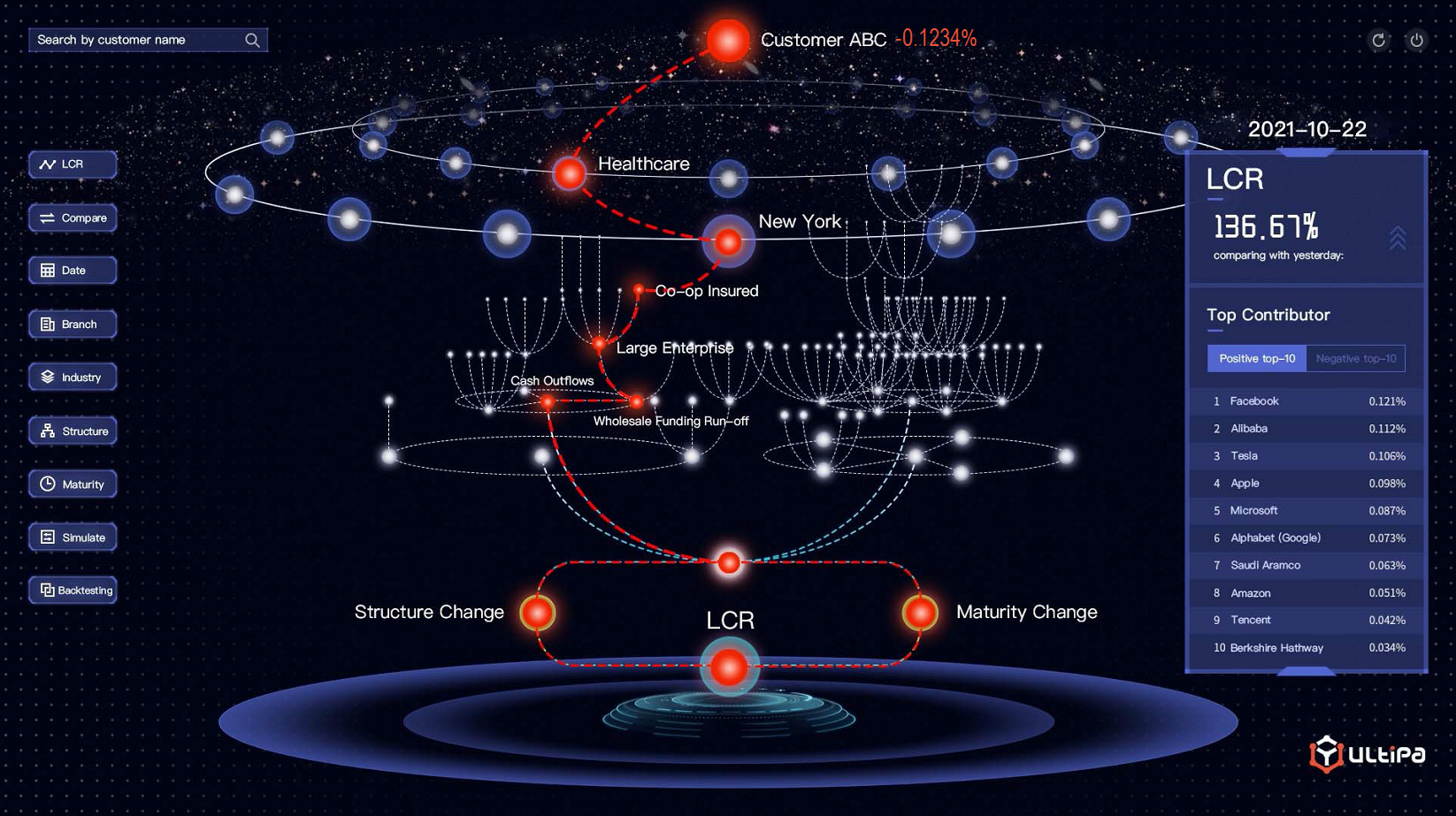Beyond the Hype: How GQL Standardization is Accelerating Enterprise Graph Adoption
We recently sat down with Ricky Sun, CEO and Founder of high-performance graph platform Ultipa, on GraphGeeks in Discussion. While our conversation covered everything from graph searches to the future of AI, one theme emerged as the critical accelerator for the entire graph industry: the new ISO standard GQL (Graph Query Language).
The Power of the Standard: GQL and Market Confidence
For years, the graph market has faced friction due to proprietary query languages and the fear of vendor lock-in. For large enterprise IT departments, adopting a graph solution often meant taking a risk on a platform whose long-term viability was not guaranteed by an industry-wide standard.
“If it’s an international standard, then it’s going to be much easier [to convince users]. They know that the other vendors potentially can [support it], so they can avoid vendor lock-in.”
Ricky Sun explained that GQL changes this equation by providing a common language framework. It's not just a technical win; it's a market confidence booster.
This standardization helps the market grow in two key ways:
Reduces Vendor Risk: Customers can invest in solutions knowing their data and skills aren't trapped if a single vendor disappears.
Upskilling Confidence: Developers and data scientists are more willing to invest time in learning GQL because they know that skill set is transferable across compliant platforms.
While GQL doesn't replace SQL—which remains effective for filtering and aggregation against tables—it provides the high-dimensional query power necessary for network analysis, ensuring developers have the right tool for the right job.
The Graph Application Barrier: Solutions Over Systems
Despite the technical benefits of GQL, the biggest challenge to adoption isn't the language—it's graph data modeling. Ricky noted that customers often struggle to transition their siloed, relational data into a connected network view.
This difficulty is why the market is shifting. Ultipa and other vendors are realizing that selling a graph database system that requires a customer to manage "yet another database" is a difficult sell. The future lies in selling graph-powered applications where the powerful graph engine runs subtly "under the hood." This approach allows customers to solve their specific problems (e.g., anti-fraud, smart auditing) without the overhead of managing new infrastructure.
The Necessity of Real-Time and Explainable AI
Beyond supporting the GQL standard, Ultipa focuses on performance, specifically for real-time graph analytics. For mission-critical applications like financial risk and fraud detection, speed is non-negotiable.
Ricky explained that Ultipa was designed from day one to unify Transactional Processing (TP) and Analytical Processing (AP). This is a crucial distinction: traditional big data systems struggle to ingest data and conduct deep, complex analysis (like 30+ hop traversals) simultaneously and in real-time. Ultipa's high-performance architecture is engineered precisely to handle this deep, dynamic penetration.
This performance is vital for the Graph + AI story. Ricky strongly advocates for a "white box" approach:
AI handles the "first and last mile" (e.g., general data extraction and compliance reporting).
Graph handles the critical middle 98% where decision-making happens.
This approach uses the graph to provide explainable, white-box reasoning and causality search. As Ricky said, this offers transparency and trustworthiness, directly addressing the "garbage in, garbage out" concerns many enterprises have about solely relying on probabilistic, black-box AI predictions.
Ready to Learn GQL?
To help accelerate the community's readiness for the new standard, Ricky and his co-authors have released the book Getting Started with GQL, along with a free GQL Playground for developers to practice the language.
Ultipa has also launched the first ISO GQL training program, with the inaugural batch starting 26th November.
🎥 Watch the short video about the training program and visit the link for more details and registration.
The combination of a powerful new standard (GQL) and platforms designed for real-time performance (like Ultipa) sets the stage for rapid and confident enterprise adoption of graph technology in the years to come. Watch the full interview for more insights from Ricky Sun!


